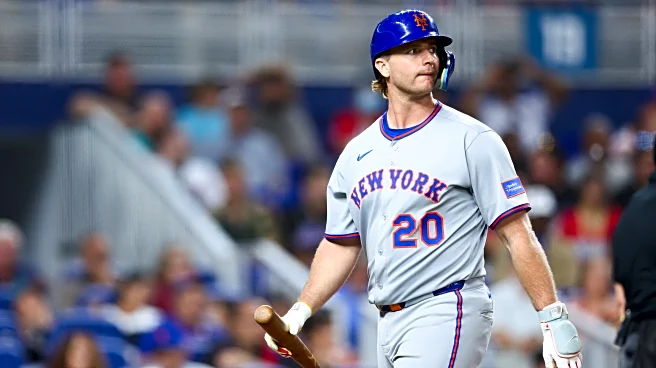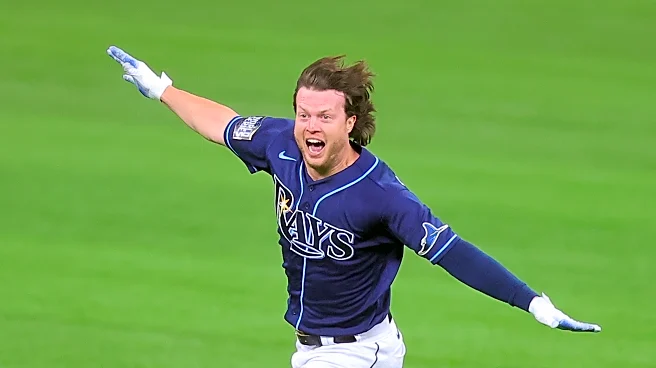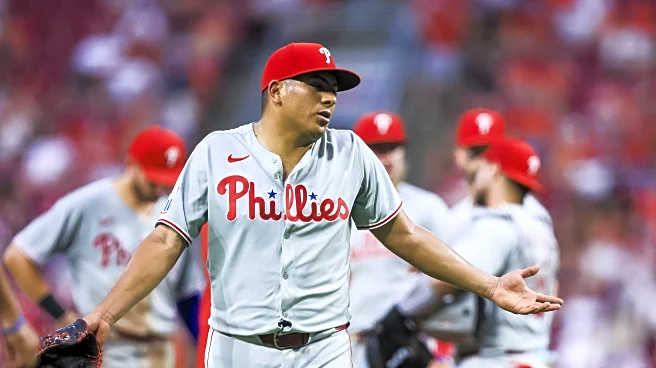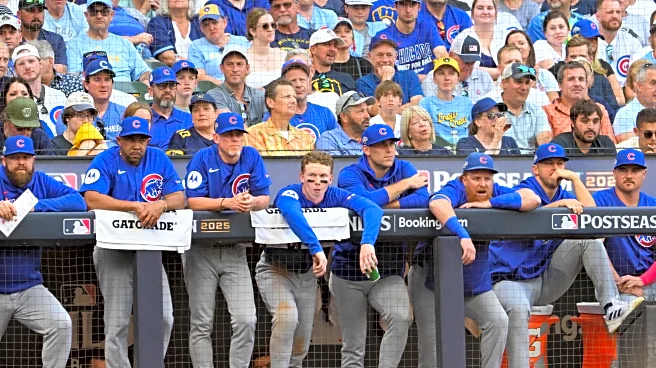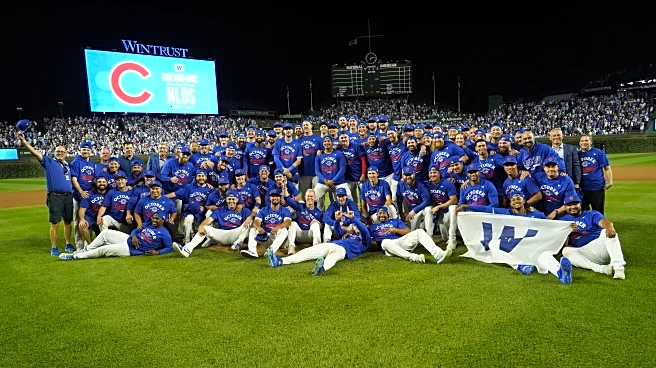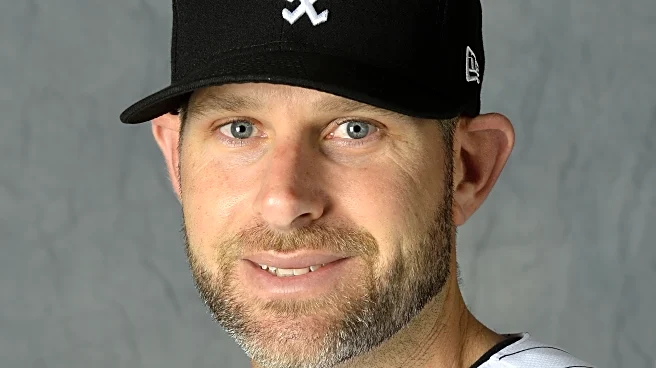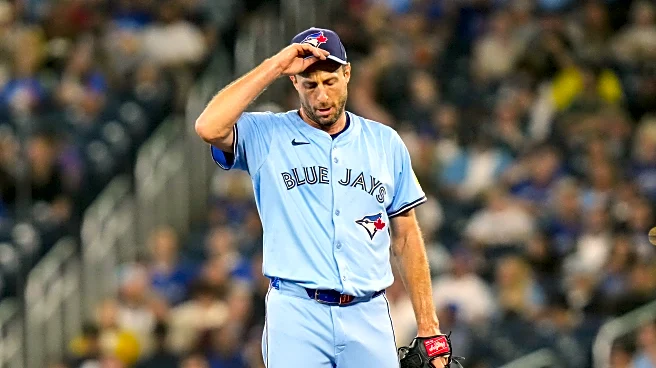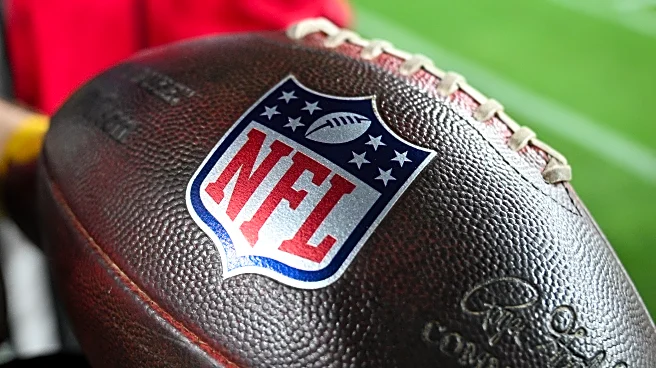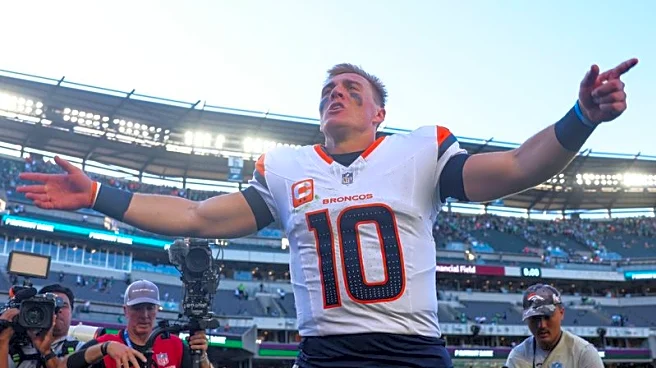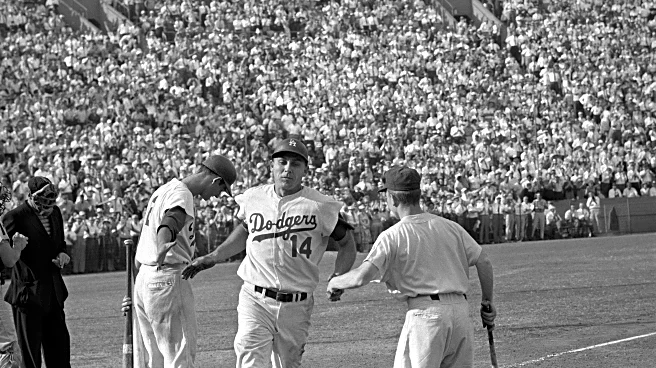Part 2 of my series of evaluating different names that the Cardinals could pursue this offseason that would make sense for the direction the team is going.
After exploring some rotation options last week,
we’re shifting our attention to the bullpen. This piece will be especially interesting because the new regime could go in a hundred different directions — it’s tough to predict. As with the rotation piece, these names aren’t predictions — my “somewhat bold predictions” post like the one I debuted on Viva El Birdos with will drop at the end of October. For now, I want to focus on players who fall within the realm of realistic expectations. I don’t find it helpful to speculate about names like Schwarber, Bregman, Alonso, etc. — the big boys (or big strong boys, in Alonso’s case) of the market — because I don’t see the Cardinals being serious players in those arenas given the signals they’re sending.
I’ve got DOUBLE the names for you animals this week. Same level of research, of course. But first, let’s acknowledge the near-locks for the bullpen: Romero, Svanson, O’Brien, Granillo, Fernandez, and potentially Leahy if he doesn’t crack the rotation next spring. I’d say there’s better than a 50% chance John King gets non-tendered this offseason. He was ineffective and injured in the second half, and he’s due a slight raise via arbitration. If we gleaned anything from this year’s draft, it’s that the Cardinals no longer prioritize his extreme groundball, no swing-and-miss profile. You can find better production for similar or even lower cost. I also think JoJo Romero will be a prime trade candidate — either this offseason or in July — as he’s also due an arbitration raise and entering his final year of team control.
As before, we’ll start with free agents — the more likely options — and then move to trade candidates who are less likely but still fit the mold of what the Cardinals should be targeting, assuming my read on their direction is correct.
Brent Suter
If the Cardinals move on from John King, I’d expect them to pursue another left-handed reliever to stabilize the bullpen. Suter makes a ton of sense from a durability and bulk-innings perspective. If the rotation’s instability gives you stomach pains, having a cheap veteran who can cover your butt and protect the pen for multiple days is a valuable commodity for a rebuilding club.
Suter is also one of the fastest-paced pitchers in baseball, which helps keep defenders engaged — especially during the sweltering July and August games in St. Louis. The last thing you want is a guy walking the world while everyone bakes alive in the heat.
In 48 games this season, Suter pitched 67.1 innings with a 4.52 ERA. His 4.30 xFIP suggests there’s not much hidden upside, but he’s steady. He doesn’t overwhelm with velocity — but neither did Phil Maton, and he ended up being one of the most valuable relievers the Cardinals used this year. Suter’s average exit velocity allowed is just 85.8 MPH (98th percentile), and his 7.5 feet of extension ranks in the 99th percentile, meaning hitters perceive his pitches as faster than they actually are.
He doesn’t rack up strikeouts, but he works quickly, walks just 6% of batters, and consistently avoids hard contact. He made $2.5 million this season and should be in a similar price range this winter — well within the Cardinals’ budget. He’d be a smart bridge option to help carry the Cardinals through 2026 — giving their higher-upside left-handed arms time to prove they’re ready to contribute in 2027.
Andrew Chafin
Chafin feels like one of those white whale names — a guy Cardinals fans have begged the team to pursue for years, only to be met with silence. If John King is let go, this move would make all the sense in the world: a veteran left-handed bridge arm who can produce and potentially be flipped at the deadline.
Chafin doesn’t bring much heat on the fastball, but is a true menace with his slider — reminiscent of a left-handed Gio Gallegos. It’s the two-plane depth, not the horizontal break, that makes it so devastating. In 33 games this season between Washington and Los Angeles, Chafin posted a 2.41 ERA. His 3.47 FIP suggests he benefited from strong defense behind him — something that would likely continue in St. Louis.
Though he didn’t qualify for the requisite number of innings to show up on leaderboards, Chafin’s Savant page would be glowing red. He made just $1 million this season on a one-year deal. Heading into free agency, he’ll likely land in the $5–7 million range. If top-tier contenders don’t bite, the Cardinals could swoop in and do what Washington did this year: sign him, pitch him, and flip him in July.
Phil Maton
Maton is probably the least likely of the free agent targets on this list because I expect him to command $10+ million in free agency. Would the Cardinals pay that with virtually no other major salary commitments on the books? I can’t say definitively either way at this juncture. But Maton was NAILS for the Cardinals this year, and I’m certain Mr. DeWitt hasn’t forgotten just how good he was for his team.
I imagine some might speculate that if there’s one former reliever to bring back on a one-year deal, it’d be Helsley. The fastball velocity is still solid, but the pitch itself is mostly flat and it lacks the movement profile needed to generate consistent whiffs. Maton, meanwhile, still has elite movement on his pitches and is still in his early 30s.
Outside of fastball velocity and walk rate, nearly every other metric on his Savant page ranks in the 70th percentile or above — which is outstanding. That also makes me highly skeptical that one of the smarter contending teams won’t come calling this offseason, likely pushing him out of the Cardinals’ price range and into a more competitive market. Still, if there’s a spot in the bullpen available for a veteran this offseason, the Cardinals should do everything reasonable to bring Maton back and then flip him again if the situation dictates!
Justin Topa
Moving on to potential trade targets, we’ll once again start with the most likely and work our way down to the toughest to acquire — but all should be names the Cardinals explore.
Let’s begin with another rebuilding team: the Minnesota Twins, who GUTTED their bullpen at the deadline by trading Jhoan Duran, Griffin Jax, Brock Stewart, and Louis Varland. One of the few veteran relievers left standing is Justin Topa, who has just one year of team control remaining at $1.2 million before hitting free agency in 2027.
Topa features a heavy sinker with 7.2 inches of vertical break above average. He loves to run it in on right-handed hitters, then go away with a sweeper. Against lefties, he unleashes a wicked changeup that generates 9.5 inches of vertical break above average — a true weapon. In 54 games this season, Topa posted a 3.90 ERA and a 3.04 FIP.
I don’t think the prospect cost would be overwhelming by any means. Minnesota is looking for talent across the roster, and the Cardinals could absolutely line up with them. As a one-year rental, Topa could be flipped in July — but in the meantime, he’d bring veteran presence and experience to help JoJo Romero lead an otherwise inexperienced group.
Jordan Leasure
Alright, for those of you who are fans of pure STUFF — this is where the list gets really fun.
Jordan Leasure is a true power right-handed reliever. He features a four-seam fastball that averages 96.2 MPH and a slider at 87 MPH that’s closer to average than elite, but still effective — generating a 40.5% whiff rate this season. In 63.1 innings, Leasure posted a 3.98 ERA, a 2.93 xEBA, a 4.58 FIP, and a 3.96 EJP. He brings a classic swing-and-miss profile, striking out 29.7% of batters.
The walks are a bit of an issue at 11.2%, but considering he improved on that number from 2024, it’s reasonable to believe he could take another step forward in 2026. Leasure is pre-arbitration eligible, so acquiring him would likely require a pretty compelling player in return. At 27 years old, he’s entering the prime of his career — meaning you’d be getting what are likely the five or six best seasons of his career. The White Sox may be reluctant to move him, especially as a young rebuilding team starved for pitching, but you never know what the Cardinals might be willing to dangle to get their attention.
Mason Montgomery
We’re going to call this last section the Tampa Bay Trio. No, I’m not including St. Louis native Peter Fairbanks. So if you read that and thought you knew where this was going — keep reading!
Mason Montgomery will remind some fans of Genesis Cabrera: all the raw stuff to blow hitters away, but very little idea where it’s going most of the time. His 12.9% walk rate is the biggest red flag, paired with an ugly 5.67 ERA. But — as we’ll often do in this series — let’s look deeper. Montgomery posted a 3.92 FIP and a 3.57 xELP, suggesting that with stronger defense behind him, the results could improve significantly.
He has six full seasons of team control remaining and will cost virtually nothing for the next three — a perfect fit for the lean payroll the Cardinals are likely to carry into 2026. And being a lefty, he offers potential leverage value in future seasons.
Garrett Cleavinger
In 61.1 innings this year, Cleavinger was nails for the Tampa Bay bullpen. He posted a 2.35 ERA, struck out 33% of batters, and carried a WHIP of just 0.95. You’d be hard-pressed to find a more well-rounded reliever than what Cleavinger gave the Rays. For the Cardinals, he’d offer another high-leverage lefty to pair with JoJo Romero — and he’s under team control through 2028.
The Rays have a history of moving on from arms like this once they get close to free agency, and Cleavinger may quietly find himself on the move. It could come with very little fanfare — or the return might surprise people. The Cardinals would likely find the acquisition cost prohibitive, but Cleavinger is arguably one of the best value arms they could pursue relative to financial commitment.
Edwin Uceta
This is absolutely the ideal candidate to anchor the back of the Cardinals bullpen for the next half-decade.
Uceta will be Super Two eligible this offseason, and his stuff is capital-N NASTY. In 74.1 innings this year, he posted a 3.63 ERA with 102 strikeouts — good for a 32.6% K-rate, a 36.0% whiff rate, and a 33.4% chase rate. This guy is a walking strikeout.
Uceta features a five-pitch mix, featuring a four-seam fastball that sits around 94 MPH and boasts 4 inches of vertical arm-side break above average. He also mixes in a cutter, sweeper, and sinker, though those are used far less frequently.
The cost is likely sky-high — and for good reason. But if any team in baseball is hunting for the next big thing at the back end of games, I’m putting my money on Uceta.
The Cardinals already have some interesting arms to work with at the back end of games, which is why I’m not entirely convinced they’ll make a major investment in this area.
That said, Chaim Bloom is known for his modern approach to roster construction — and that could mean targeting relievers with serious swing-and-miss profiles, or perhaps a steady veteran who can fill multiple roles for a team looking to build from within. With much of the young organizational pitching depth still at least a year away, it’ll be interesting to see how Bloom and the new front office group approach the offseason and continue shaping this organization through a more modern philosophy.
-Thanks for reading

